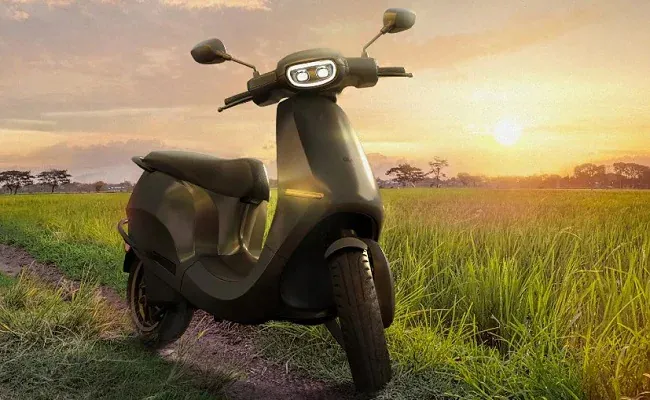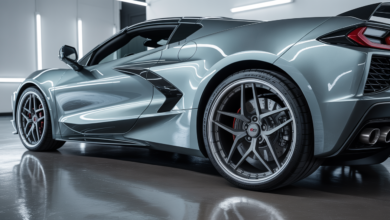
State-Wise Subsidies on Electric Scooter in India 2024
As India pushes towards greater adoption of electric vehicles, various state governments are rolling out incentives and subsidies to make electric two-wheelers more affordable. However, the landscape of state-level subsidies is complex and constantly shifting. For those considering an electric scooter purchase in the coming years, understanding what support different states offer could make a difference in the out-of-pocket costs.
We’ll survey the state-by-state subsidies being planned for electric scooters across India leading up to 2024 so prospective buyers know how policy moves might impact their bottom line.
Table of Contents
What is the FAME Scheme?
The FAME scheme stands for Faster Adoption and Manufacturing of Electric Vehicles. It’s an initiative by the Indian government to encourage people to switch from petrol/diesel vehicles to electric vehicles.
The logic is quite simple – electric vehicles don’t run on fossil fuels, so they help reduce air pollution in cities. Also, having more electric vehicles means less money leaves India for importing crude oil. It’s a win-win for both the environment and the economy.
Under the FAME scheme, the government offers subsidies and incentives to vehicle manufacturers and buyers. This way, electric two-wheelers, cars etc. become more affordable for the commoner.
Moreover, the scheme provides incentives like lower taxes and registration fees on EVs. It also supports setting up charging stations across India. So, buying and owning an electric vehicle has become much cheaper and more practical.
Features of FAME Scheme
1. Phase 1 Focus Areas
- Create demand and awareness about electric vehicles
- Support the development of EV technology
- Build charging infrastructure across the country
2. Phase 1 Achievements
- Over 400 public charging stations have been set up
- Demand creation through subsidies on EVs
3. Phase 2 Focus Areas
- Prioritise electrification of public transportation
- Incentivise electric 2-wheelers
- Allocated ₹10,000 crore budget
4. Phase 2 Incentives
Subsidy of ₹20,000 for 10 lakh registered electric 2-wheelers
Support for electric buses and electric 3-wheelers
List of State Subsidy on Electric Scooter
Here is the list of subsidies of Electric Scooter in India:
| State | Subsidy (Per kWh) | Maximum Subsidy | Road Tax Exemption |
| Meghalaya | Rs.10,000 | Rs.20,000 | 100% |
| Assam | Rs.10,000 | Rs.20,000 | 100% |
| Rajasthan | Rs.2500 | Rs.10,000 | NA |
| Odisha | NA | Rs.5000 | 100% |
| Madhya Pradesh | – | – | 99% |
| Andhra Pradesh | – | – | 100% |
| Telangana | – | – | 100% |
| Kerala | – | – | 50% |
| Punjab | – | – | 100% |
| Bihar | Rs.10,000 | Rs.20,000 | 100% |
| Uttar Pradesh | – | – | 100% |
| Tamil Nadu | – | – | 100% |
| Karnataka | – | – | 100% |
| West Bengal | Rs.10,000 | Rs.20,000 | 100% |
| Gujarat | Rs.10,000 | Rs.20,000 | 50% |
| Maharashtra | Rs.5000 | Rs.20,000 | 100% |
How to Get a Subsidy on an Electric Scooter?
Here is a step-by-step explanation of how to get a subsidy on an electric scooter in simple language:
Step 1) First, check if the electric scooter model you want to buy is eligible under the FAME subsidy program. Only approved models will get benefits.
Step 2) Ask the scooter dealer how much of a subsidy you can get on that particular model. They will calculate and tell you the discounted price you’ll pay after the subsidy.
Step 3) When you purchase the scooter, the dealer will handle all the paperwork and submissions to the manufacturer to claim the subsidy amount. You just pay the discounted price.
Step 4) The manufacturer will forward documents to the National Automotive Board (NAB) governing the subsidy scheme.
Step 5) Once the NAB verifies everything, they will transfer the subsidy money to the manufacturer.
Step 6) Finally, the manufacturer will pass the subsidy amount to the dealer.
The Bottom Line
Many Indian states are working hard to promote electric vehicles. They offer purchase subsidies that can significantly lower the cost of an electric scooter. These incentives, combined with the FAME scheme, aim to encourage more people to go electric. With smart subsidies and charging infrastructure growth, EVs should become increasingly affordable and practical options for daily use.








